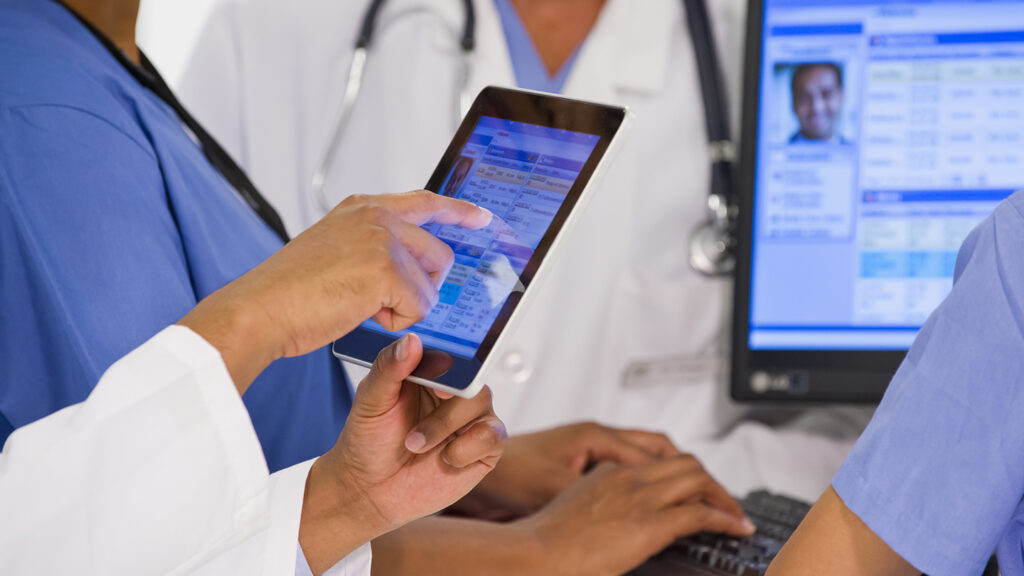
Demand for clinical care efficiencies and effectiveness will propel significant product innovation over the next five to 10 years, driven largely by the unavoidable collision of staffing challenges and the tidal wave of aging baby boomers.
That’s according to long-term care tech experts including Daniel Zhu, vice president of product management of data, analytics and AI/ML at MatrixCare.
“This is going to push for the adoption and regulation of machine-assisted clinical decision-making, robotic surveillance and monitoring, as well as intelligence-informed optimization of processes,” he said. “Imagine a voice-activated assistant (such as Alexa and Siri) at the bedside of every patient, helping to automatically chart and record patient vitals, quickly and accurately answer questions regarding patient medications, clinical history, and more.”
Travis Palmquist, senior vice president and general manager of senior care at PointClickCare, envisions a more prominent role for technologists soon.
“When we look at the next generation of products and applications, there’s an opportunity for technologists to take a more active role in keeping people healthier, stronger and safer (for longer),” he said. “All of these tech trailblazers play an important role in providing preventative care and wellness solutions to an aging population.”
Palmquist calls attention to his company’s collaboration with DBSync, a leading SaaS integration platform that recently expanded its data integration suite into the healthcare market by launching Microsoft Dynamics 365 Cloud Workflow for Senior Living within the PointClickCare marketplace. Providers, he said, “now have a 360-degree perspective of their residents across their cloud and on-site applications, which simplifies the admission process and resident move-in.”
Of course, no gaze into the crystal ball is complete without artificial intelligence.
“From utilizing computer vision technology … to measure, monitor, and assess wounds using a simple mobile phone camera [and] to voice-to-text dictation functionalities to help with various charting needs, AI has already influenced the future and success of the market,” Zhu said.

